I saw a logistics app for the first time up-close in the early 2000s. The company I worked at was developing online applications for UPS and Heathrow Airport. And even though the interfaces looked like crap, the car icons moving on the map in real-time fascinated me.
Little did I know the transportation businesses that ordered this logistics software were much less enthusiastic about tracking icons on the map. They craved long-term gains from streamlined processes and optimized workflows.
You need to know how to make a logistics app to achieve the same goals, and that’s precisely what we’re going to discuss today.
Top Takeaways:
- Logistics mobile app development includes not only creating mobile apps but also web applications and integrations with existing platforms.
- The key to successful logistics software is proceeding with small iterations and focusing on the minimal feature set that directly impacts the bottom line.
- Ensure your development partner has thoroughly reviewed your existing systems before choosing the technologies for implementing your logistics app.
Table of Contents:
- 3 Main Benefits of Creating a Logistics Mobile App
- Types of Logistics Apps
- Key Features of a Logistics App
- Tech Stack Needed to Make a Logistics App
- 5 Steps of Logistics App Development
- How Much Does It Cost to Build a Logistics App?
- Why do Some Logistics Apps Fail?
3 Main Benefits of Creating a Logistics Mobile App
Why develop a logistic app? The logistics business is about delivering stuff from point A to point B in the most efficient manner possible and spending fewer resources while increasing throughput. For example, in the USA, reducing last-mile process inefficiencies is one of the main challenges in the logistics industry.
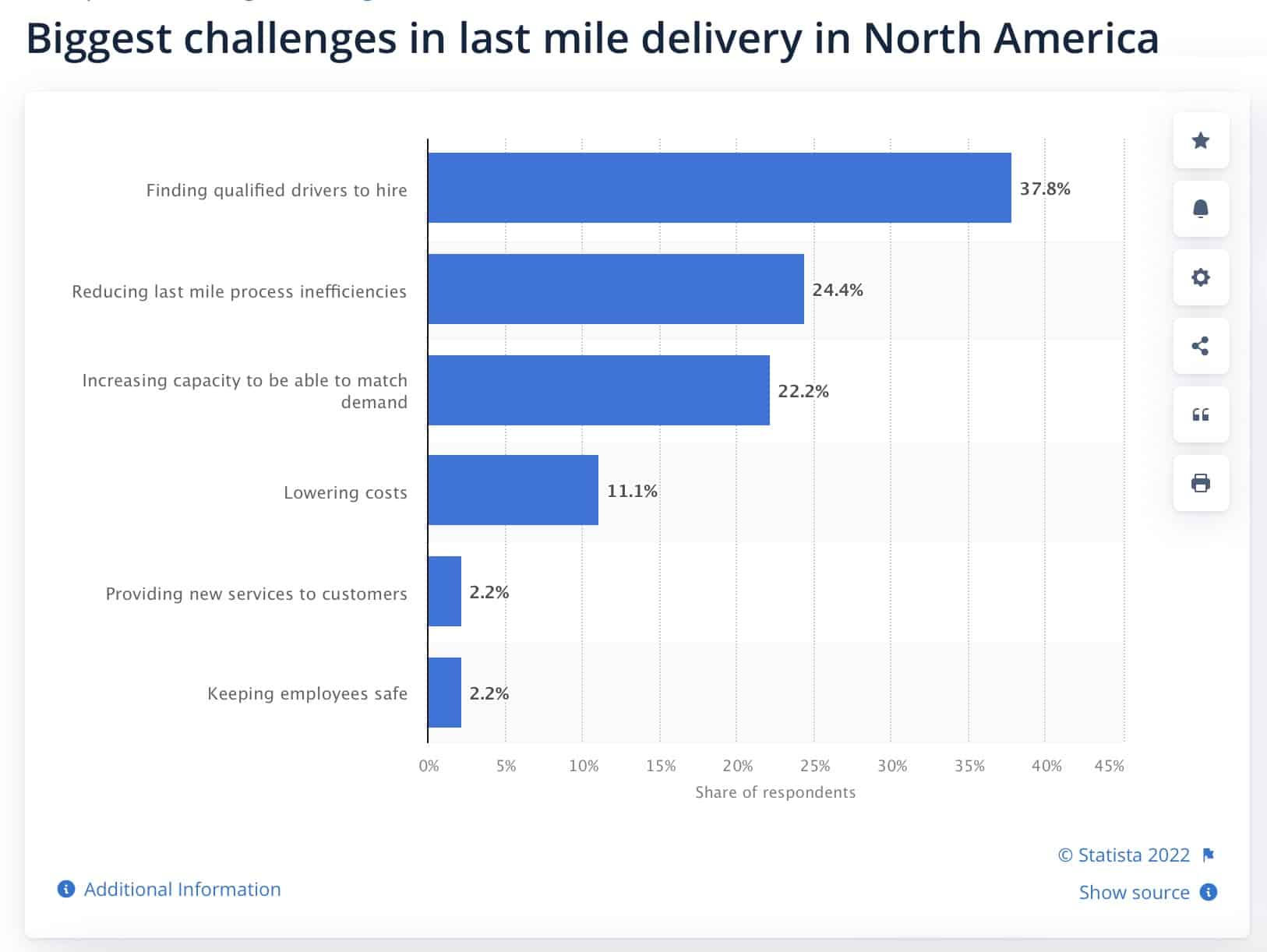 Unsurprisingly, logistics software helps businesses achieve precisely that by using automation. What are the main advantages of using such applications?
Unsurprisingly, logistics software helps businesses achieve precisely that by using automation. What are the main advantages of using such applications?
Maximize ROI
First and foremost, logistic apps help reduce operating costs by taking care of:
- empty miles (no cargo or not fully loaded transits)
- safest and fastest routes
- paperwork and other manual tasks
As a result, businesses solve their logistical challenges and enjoy the max impact on their bottom lines.
Achieve transparency
Management will definitely appreciate the abundance of metrics accumulated in logistics applications. The data about the performance of vehicles, drivers, warehouse personnel, and other employees fosters better decision-making and management efficiency.
Make everybody happy
Customer experience gets an upgrade through on-demand solutions for submitting and tracking orders. As for drivers and other employees, they love having tools that allow them to complete tasks faster and with less fiddling around.
Types of Logistics Apps
Don’t be fooled by some blogs that talk about fleet management software, supply chain management systems, or warehouse management platforms as different types of logistics software.
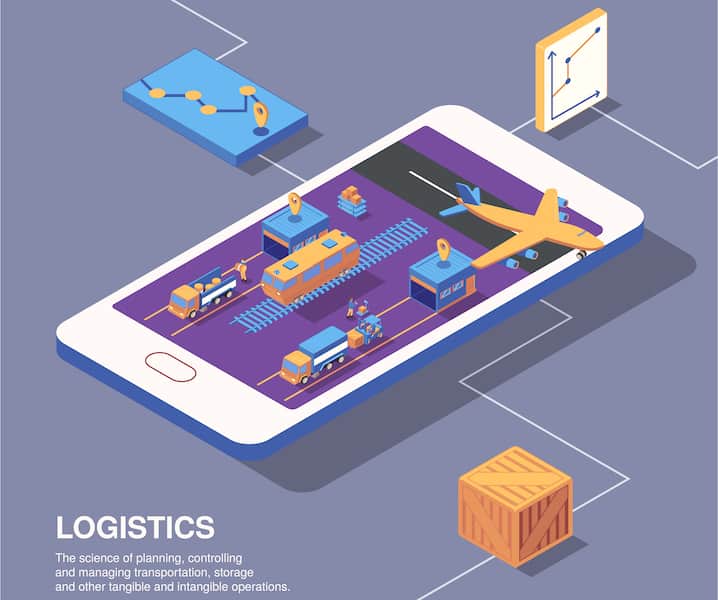
Logistics software always has to do with delivery. Businesses use it to deliver more goods faster and with lower costs.
Therefore, you may see different features from warehouse management and fleet management platforms in a logistics app. However, if you think, “I need to develop an app for order management and tracking in my warehouses”, you need a warehouse management app, not a logistics app. Simply because no delivery is involved.
Being able to track the delivery and gathering all possible information about its aspects, which in turn impacts decision-making, is what essentially makes up logistics software.
Nevertheless, we can differentiate logistics software by the type of delivery:
- trucks, trains, cars
- ships
- planes
I can also think of these two types of logistics software:
- the one built for your own company to manage shipments
- a virtual marketplace bringing together shippers and delivery companies
Key Features of a Logistics App
When analyzing the features for logistics tracking app development, we should review a driver app and a dashboard app separately. What options should we consider for these apps, besides the stereotypical profile and sign-up/in?
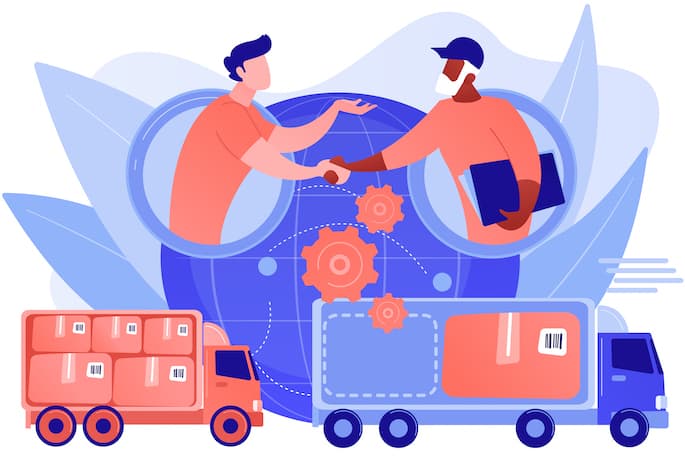
Driver app
- voice control
Integrating with voice assistants like Siri or Google Assistant is critical. Drivers should be able to do as much as possible using voice commands. That’s for their safety.
- NFC, QR code/barcode scanning
Helps us get rid of paperwork and automatically track shipment statuses: loading/ en route/ unloading / delivered/ etc.
- voice and text messaging
Again, being able to communicate with dispatchers with voice messages is a very convenient feature.
- video and photos
To shoot a video or take a picture of the goods and transport before and after delivery.
- AI/ML route optimization based on traffic, tolls, weather, and other data
This one really happens on the behind-the-scenes routing app that we’ve discussed above and manifests in the drivers’ app and web dashboard.
Related: Machine Learning App Development Guide
- navigation in real-time, including indoor mapping
Having clear directions outside and inside (for large warehouses) can be helpful. Again, voice support is essential.
- logbook and current tasks
All shipment details a driver needs to know about orders, including destination, delivery status, etc.
- push notifications
To stay on top of things.
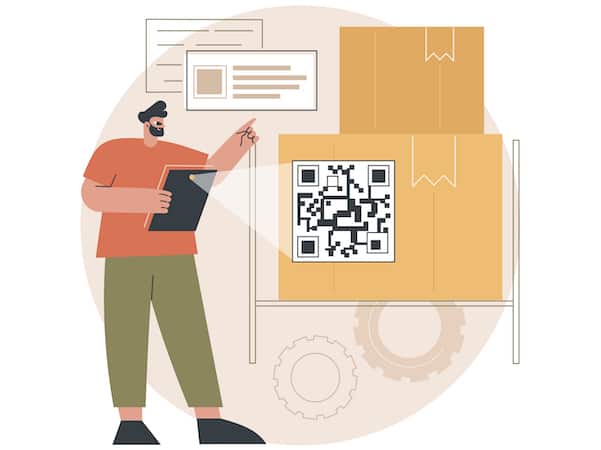
- availability toggle & ability to accept/reject pick-up requests
This option is a must if your transportation and logistics mobile apps development plans extend to creating a marketplace.
Web dashboard for dispatchers
We also need to plan the features for dispatchers as we create a logistics app. What are these?
- access rights management
In a web admin panel, the access rights should be distributed according to user roles. For example, an employee can manage orders for particular drivers and can’t access company-wide reports.
- in-vehicle sensor-generated metrics
IoT integrations to monitor automobile and transportation conditions, e.g., data coming from humidity, temperature, or fuel-consumption sensors.
- electronic document workflow
- billing, invoicing, payments
- integrations with existing systems
Integrations ensure free data flow between a logistics app and ERM, CRM, warehouse management software, and other systems. This should also include integration with a customer portal to pull new shipment requests. Plus, logistics businesses need to have an option to easily export and import data.
- reports
Including revenue estimates based on current performance, average ETA estimates, best delivery times, etc.
- notification
Managers will use them to monitor delays and other critical events where their involvement is required.
Other useful features for the web application include:
- real-time location on a map
- search
- order and inventory logistics management
- vehicle/driver management
Please note that this feature list is not meant to be exhaustive, nor should you try to implement all of these features in one go.
Tech Stack Needed to Make a Logistics App
There are multiple types of tech stacks for developing a logistics app. Depending on what technologies your development partner specializes in, for example, it can be a React/Node web app or a Ruby on Rails app. And you wouldn’t be able to tell the difference on the surface, nor should you. What matters is that people you work with do not invent bicycles and use appropriate off-the-shelf customizable solutions that include necessary features.
To make things clear, choose a ready-made routing/mapping technology and then build custom user interfaces on top of it.
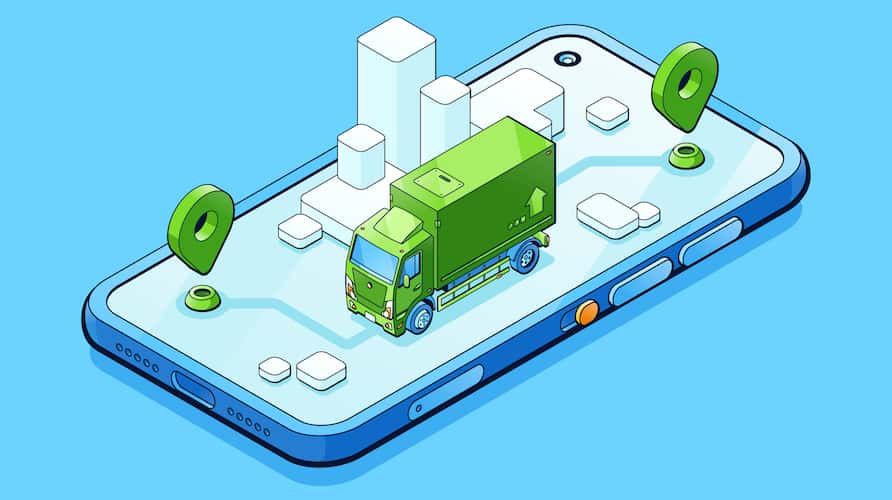
Related: How to choose the right tech stack for your application
5 Steps of Logistics App Development
There’s one thing you need to realize when building a logistics app — logistics application development involves the creation of an entire ecosystem. The core of this system is routing software calculating optimal routes based on multiple data inputs.
This routing software is an amalgam of smart algorithms, databases, APIs, and other code artifacts not visible to regular users. This critical component of a logistics ecosystem stays behind the scenes the whole time, only spewing out optimal routes to web and mobile applications connected to it.
As for the periphery of the logistics ecosystem, there can be any number of apps on different platforms, for example:
- web dashboard for management
- web user panel for dispatchers
- mobile driver app
- tablet app for employees in warehouses
- mobile/web apps for customers to order shipment
Related: Dashboard App Development Guide
You get the idea, right? The bare minimum is a web app and a mobile app; or even just a web application if you want to start super lean. After all, location tracking works well with in-car stationary devices, and all communication with drivers can move to messengers.
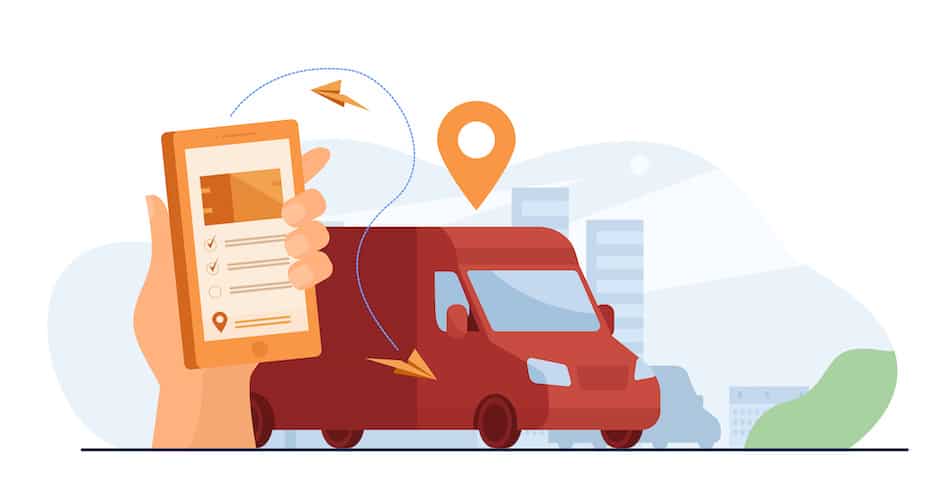
Logistics and truck app development process
Like on any software project, we can single out the following stages in app development for logistics:
- Step #1: Discovery
- Step #2: Prototyping and design
- Step #3: Development and testing
- Step #4: Deployment
- Step #5: Maintenance
One nuance appears when adding AI/ML functionality. If machine learning algorithms are critical to the software’s functioning, then we’d need to introduce another step between the discovery and prototyping phases.
During this additional step, we’ll create a proof of concept to check that ML features provide a valuable output based on the data we already have. For example, if we wanted the software to automatically update a route based on traffic, accidents, toll-free road availability, and additional pick-up locations, we’d have to feed this data in real-time to the routing engine and check the results.
Note that this proof of concept would only make sense if we decide to go with the existing routing software. Because developing routing software from scratch takes a titanic effort. Fortunately, there’s no lack of such solutions on the market.
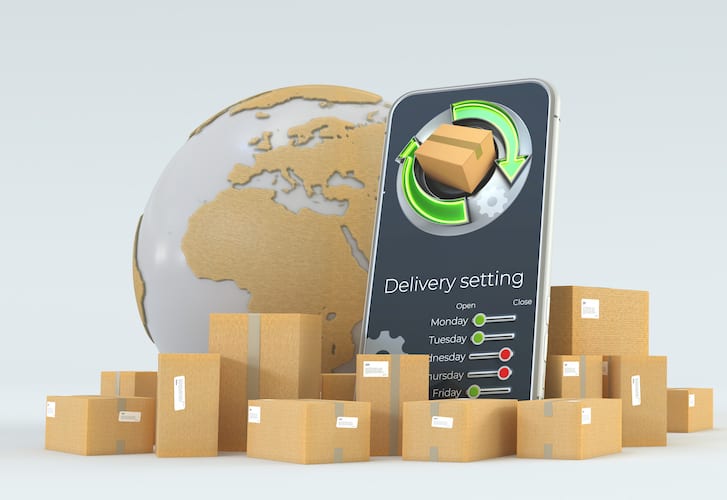
Related: How Long Does It Take to Make an App?
Team composition
It might be helpful to know what talent is required to build a logistics app. Different companies will have slight variations in their team composition but typically expect to work with:
- Product manager
Helps you define your digital strategy and makes sure your vision is clearly communicated to the rest of the team.
- Project manager
Facilitates the development process for all team members by removing obstacles and tracking progress.
- App developers (front-end, back-end, mobile, full-stack)
Set up the software’s architecture, write code, and fix bugs.
- QA engineer
Catch bugs and ensure that most recent fixes don’t introduce new issues or cause previous bugs to reappear.
- DevOps engineer
Ensures that you have an optimal hosting and server infrastructure for the product and guarantees faster releases of new versions of the product.
- UI/UX designer
Make your software look pretty.
Of course, you won’t have to deal with all team members personally. Although, an experienced development team would keep all team players available for open communication via Slack or email.
Agile development method
When you plan trucking and logistics app development, it’s also important to partner with an agile team. Among other things, such a partnership will guarantee:
- faster time to market
Faster time to market is achieved through rapid biweekly iterations. Each iteration (aka sprint) means another update to functionality. Following this sprint-based development practice, companies release software sooner and start getting invaluable customer feedback that immediately loops back into the next dev iterations.
- transparent development process
As a business owner, you should always know who works on which tasks, how much progress has been made, what to expect from the next release, etc. All of that and frequent communication give you peace of mind.
Related: Agile App Development: The Complete Guide
- adequate design & development budget
Since features become available to customers as soon as possible, you’re not wasting any resources creating options nobody will use because of UX failures. Besides, any coding is preceded by rapid prototyping, which means developers code only verified features in the first place. And any additional feedback from customers only helps to perfect the solution.
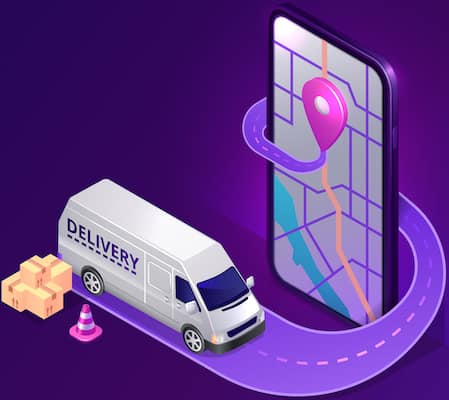
- seamless product maintenance post-launch
DevOps is a huge part of agile and due to its automation processes, code quicker becomes a functioning app; plus, DevOps tools provide critical insights about the app’s performance.
Related: DevOps Implementation Guide: Why it’s key to app success
In addition, the agile software development methodology implies the most optimal workflow throughout the project. To be more specific, you’ll be able to execute several steps simultaneously.
For example, design, development, testing, and deployment can all happen at the same time once you have released the initial MVP version of your app:
- designers are working on future iterations
- developers add features planned for the current iteration
- testers look for new issues and perform regression testing
- and DevOps engineers monitor deployed app performance and ensure new features become available for customers immediately after testing
Related: MVP App Development Guide
No need to reinvent the wheel
As already mentioned, logistics and transport mobile application development doesn’t have to start from scratch. When it comes to such fundamental features as mapping, route building, real-time chatting, and a few others, we can always revert to established open-source or commercial software packages. We covered some of the popular tools in our blog on how to build an app that uses GPS.
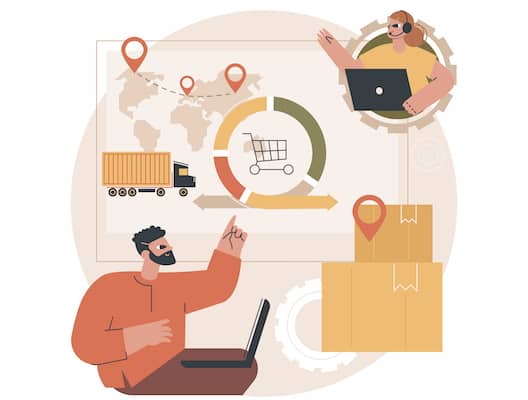
How Much Does It Cost to Build a Logistics App?
The cost to produce an initial minimum viable product of logistics software starts at $150,000 — $200,000. This logistic app development effort includes creating a mobile logistics app and a web-based application for dispatchers and management. You’d also need to think about the maintenance costs associated with running such software, which should be around $80,000 — $100,000 per year.
Related: How Much Does It Cost to Create an App?
Why do Some Logistics Apps Fail?
Logistics software is hard. That’s why sometimes truck logistics apps fall short of ROI expectations. Here’s how to avoid the most common mistakes.
Not building a scalable system from the ground up
Creating a scalable logistics app implies a lot of careful technical planning, including serverless, cloud, microservices, and plenty of other things. Put simply, the team has to set up such an architecture that you won’t require any substantial changes to the software as your business grows.
Annoyed employees and customers
If an application changes too many workflows at once, you may face resistance from your own employees and customers, who now have to use a new tool.
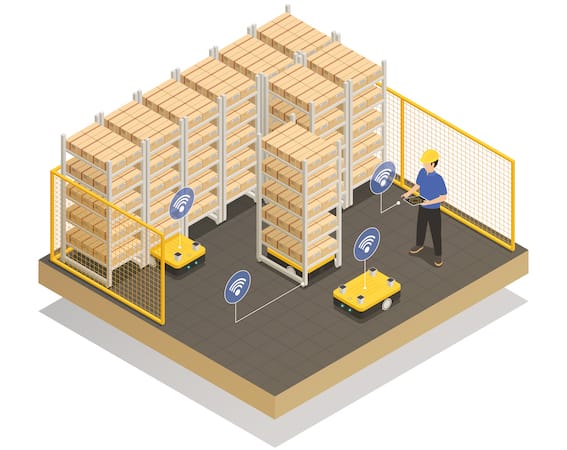
That’s why it’s important to take the MVP approach and go to market with a minimal set of features that have a direct impact on ROI goals.
Also remember to account for real-life usage scenarios during logistics application development, i.e. engage employees in testing and seek their feedback.
Related: Custom Mobile App Development Guide
Post-release hiccups
Without setting up proper development, testing, and production environments, you won’t be able to release updates in a timely manner. Therefore, it’s critical to follow the main DevOps principles like CI/CD pipeline implementation from day one.
If you want to create a logistics app and have more questions, please schedule a call here.
Frequently Asked Questions
What is a logistics software?
Any software that helps optimize the delivery of goods and focuses on streamlining collaboration between drivers, dispatchers, and other professionals involved in logistics.
What is the bare minimum to get me started with a logistics apps?
Depending on what you’re trying to achieve. One approach is to build the web interface on top of a routing engine. Dispatchers will be able to track orders on a map even without a drivers’ app because each vehicle will have a GPS tracking device. Alternatively, if you see the biggest ROI potential from optimizing driver workflow, you can go with a solo mobile app for drivers.
What tech stack can you recommend for a logistics app development project?
Java, .Net, React, and Laravel are all solid options. In fact, you should let your development partner pick technologies. If you’re choosing a tech stack for logistics software from blogs, you need a CTO or a reliable development partner, who could provide recommendations after reviewing your existing infrastructure.
Can I develop a logistical application for Android and iPhone simultaneously?
Yes, by using tools like React Native.
How long does transport and logistics app development take?
At least 9-12 months for an MVP.

